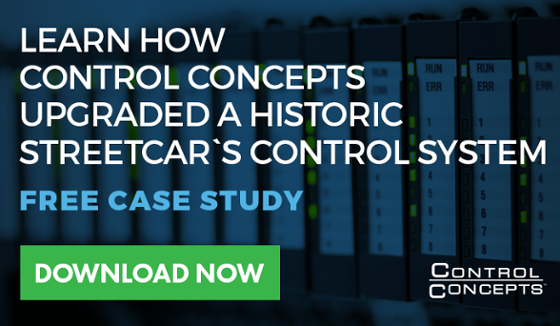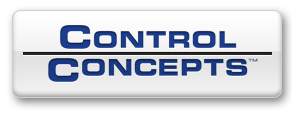Support and Services 24/7/365 Since 1984
30 years of experience right to your door. We treat your emergency with urgency.
Our goals
- Eliminate costly downtime
- Reduce risk of breakdown
- Improve performance
- Stay informed of failure trends and best practices
Our expertise
- We provide factory certified service for most major brands.
- We have serviced almost every industry and equipment brand.
- We have seen almost every type of machinery.
About our technicians
Bill Gray, President of Control Concepts, has served as Past Chairman of the Electrical Apparatus Service Association (EASA) as well as on the executive committee. Jeff Conner, our Dallas service manager, has over 25 years of experience and shares his knowledge through popular industry sites like The Automation Blog. He also serves on the Advisory Committe for the Electronics Technologies Department at Texas State Technical College. Control Concepts hires the best in field service technicians.

Factory authorized service for these top brands
The UL 508A listing for our control panel service lets you know we provide services and repairs that comply with nationally recognized safety standards. The safety of your employees and equipment is very important to us, and we assure you the electric control panels in your automation equipment are compliant with this national standard.
Holding a UL 508A listing means:
- We have a certification to provide inspectors and our customers with evidence that our control panels are fully compliant with national safety standards.
- Our electrical control panels are compliant with all national and local electrical codes.
- We are subject to unannounced inspections by UL personnel and periodic audits to ensure we are meeting all UL requirements at all times.
The UL mark is one of the most recognized, accepted, and trusted symbols in the world. It shows that the Underwriter’s Laboratory has evaluated and tested samples of a component and concluded it meets UL requirements.
About our approach to service
We follow the SMART(S) Troubleshooting technique. SMART(S), a term borrowed from Solomon S. Turkel at ECMweb.com, is a reminder of the steps in troubleshooting intelligently.
S is for safety. Before we do anything, we make sure we are not endangering ourselves, our customers, or the equipment.
M stands for manual. Every microprocessor based control has a smart display to show the results of any on-board diagnostics. Without the manual, the display is full of arcane symbols without meaning. The manual explains everything.
A is application. We do not troubleshoot individual pieces of equipment; we troubleshoot the application. Most often the trouble is due to outside conditions rather than a faulty drive.
R is for readings. We check the line voltage and motor current to find out if the incoming power line is “dirty” or allowing electrical spikes and unstable voltages to enter the equipment. We also take the temperatures of the heatsinks, which could clue us into potential issues in the future.
T - we talk. We talk to the operators and users of the equipment because they are most familiar with it and were there when the problem occurred.
The final S is for simple solutions. We keep things as uncomplicated as possible and try the simple solutions first before we advance to more complex and costly ones.





































